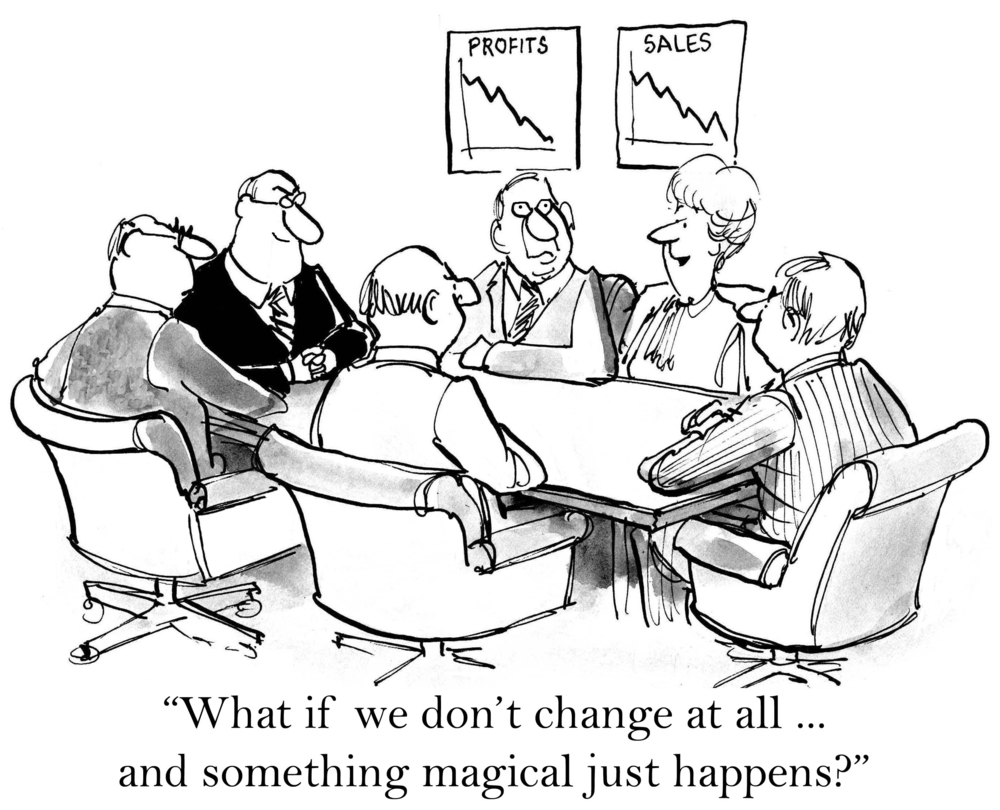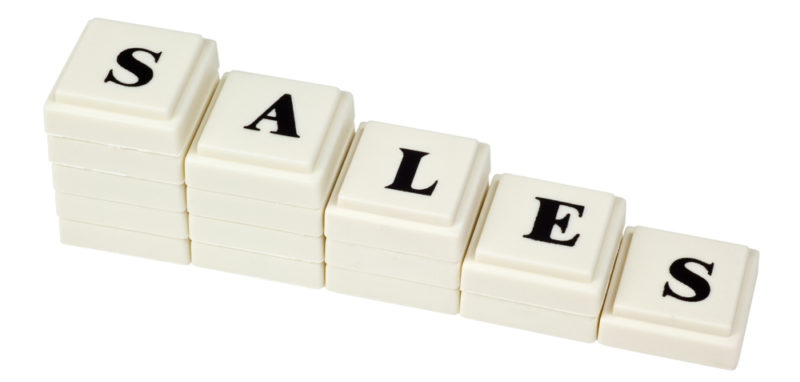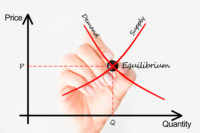Despite expectations of an increase in sales, Canada retail sales fell by 0.1% and a new survey reveals outsourcing in supply chain is expected to grow. Is your supply chain a cyber threat? This and much more, in your supply chain briefing from Arkieva.
Subscribe and follow #SupplyChainScope on Twitter and Facebook for updates.
Supply Chain News
Canada Retail Sales Drop Defies Expectations
Drop of 0.1% defies expectations of a 0.5% increase
OTTAWA—Canadian retail sales fell unexpectedly in June due to weaker sales at food, beverage, and general merchandise stores.
The value of retail sales fell 0.1% in June to a seasonally adjusted 44.14 billion Canadian dollars ($34.57 billion), Statistics Canada said Friday. Market expectations were for a 0.5% increase, according to economists at Royal Bank of Canada.
Source: Wall Street Journal
New Survey Reveals Levels of Outsourcing in Supply Chain Expected to Grow by Over 40%
A new report by SupplyChainDigest: “Supplier Integration in an Outsourced Supply Chain World: A Benchmark Report,” showed a growing trend in supply chain outsourcing among manufacturing companies.
The survey of over 100 manufacturing companies included a wide variety of industries including chemical, consumer packaged goods of which 42% were large businesses with annual revenues greater than 1 billion in sales.
The report revealed that respondents had widespread outsourcing in many areas of their supply chain including sectors such as manufacturing, finishing, packaging/packing, and distribution/logistics.
Source: Arkieva Supply Chain Blog
Supply Chain Strategy
S&OP: Five Steps to Getting Started
Step 1. Map to Profit Center Leadership. Drive Alignment to Business Goals. The starting place is to build an organizational map by profit center. For the greatest success, the S&OP process should report to a profit center manager. The number of S&OP processes align to the profit center mapping. (The average company has five-to-six processes, and the greatest progress happens when there is alignment at a profit center manager level.) I urged him to take his corporate strategy document and set up a meeting with each profit center manager. I asked him to not be constrained by a discussion of maturity models. Instead, I wanted him to discover what each profit center manager would like to accomplish through cross-functional alignment.
Source: Supply Chain Shaman
Is your supply chain your biggest cyber threat?
Analysis: As with US retailer Target, however much you spend on your own cyber security, your suppliers and distributors could let you down.
The textbook case study for this type of attack is Target, the US retailer which was hacked in 2013, where 40 million customer details were leaked and Target paid out $10 million to the victims.
Target admitted in 2014 that the intrusion into the systems came after network credentials were stolen from a third-party vendor. It was later revealed that the vendor was a refrigeration, heating, and air-conditioning subcontractor.
The ‘supply chain’ in this context does not just apply to manufacturers, where a supply chain might mean the raw materials that feed into the final product. More broadly, the supply chain comprises all the third party organizations that allow a company to do their business. This includes, for example, utility suppliers, accountancy and law firms or logistics companies.
Source: CBR
How to Cut Costs When Replacing Warehouse Equipment
Let’s start with the good news. The manufacturing, warehousing, and construction sectors are on the rise and forecasted to continue to do so, according to IBISWorld. Warehousing activity is projected to finally surpass our prerecession peak thanks to a recovering economy and consumer retail spending, which is also forecasted to increase at an annualized rate of 3.1 percent. With this fortunate market trend, however, comes some consequences that you may start to feel in your wallet and equipment budget.
The U.S. Census Bureau announced an increase in e-commerce sales of 3.7 percent during the first quarter of 2016, compared to Q4 of 2015. Increased consumer spending means a stronger demand of industrial markets, and thus, an increased demand for material handling equipment and, unfortunately, higher prices. IBISWorld projects that forklifts, for example, will increase in price at an annualized rate of 3.4 percent during the next three years. Increased costs of pallet trucks, forklifts, and aerial lifts and are also expected.
Source: Supply & Demand Chain Executive
Supply Chain Wit




